IM2 = imerode(IM,SE) erodes the grayscale, binary, or packed binary image IM, returning the eroded image IM2.
The argument SE is a structuring element object or array of structuring element objects returned by the strel function.
The morphological close operation is a dilation followed by an erosion, using the same structuring element for both operations. The morphological open operation is an erosion followed by a dilation, using the same structuring element for both operations.
these operations are performed on a stabilized video sequence done by SIFT. and basic background subtraction.
se1 = strel('square',11) % 11-by-11 square
se2 = strel('line',10,45) % line, length 10, angle 45 degrees
se3 = strel('disk',15) % disk, radius 15
se4 = strel('ball',15,5) % ball, radius 15, height 5
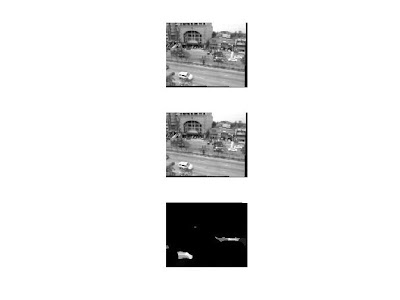
sedisk = strel('square',10);
fg = imclose(fg, sedisk);
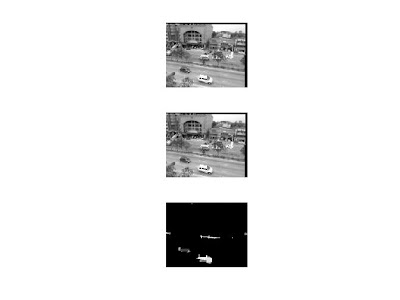
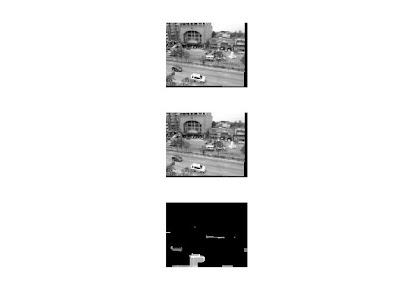
sedisk = strel('line',10,90);
fg = imclose(fg, sedisk);
sedisk = strel('line',15,5);
fg = imclose(fg, sedisk);
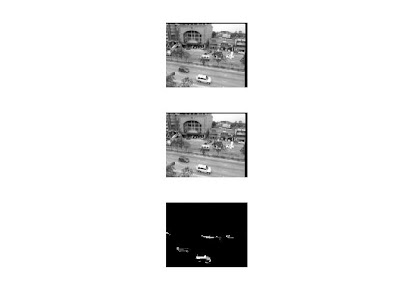
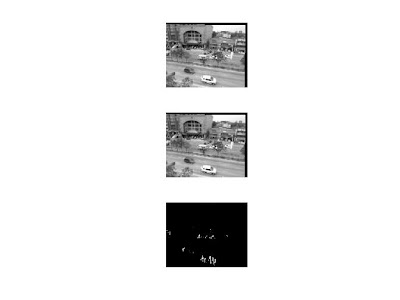
sedisk = strel('disk',10);
fg = imclose(fg, sedisk);
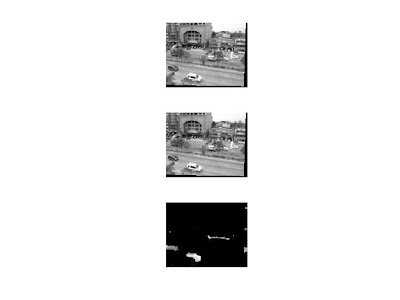
Deciding on the morphological structure is much harder than deciding on the threshold of background subtraction
what does the morphological operation does?
ReplyDeletewhat is the different between this operation and the other called 'Tracking w/ blob detection, morphological operation'? the command seems different. Thank you.
morphological operation is used for analysis of geometric structures, this post just shows the different structures that i tested on images, my post on http://areshmatlab.blogspot.com/2010/05/tracking-w-blob-detection-morphological.html shows the code i used to process it on video. im using the same command as here
ReplyDeletesedisk = strel('square',10);
fgs = imclose(fgs, sedisk);
hi,is that anyway to perfrom image detection with only morphological operation ? or we must apply other processes to match the template with the image ?
ReplyDeletethanks in advance !